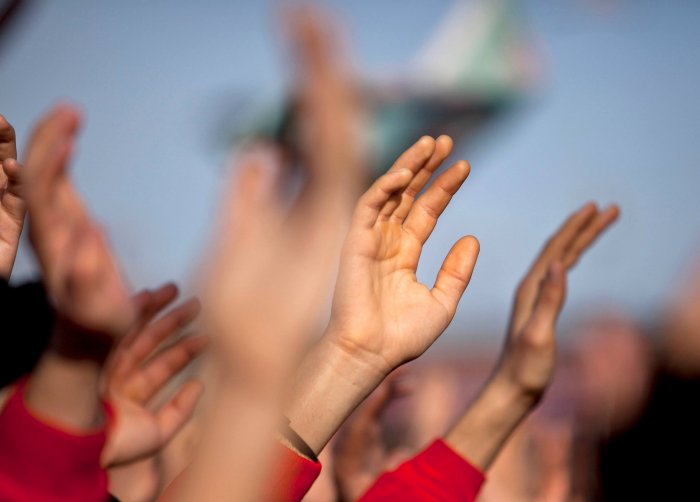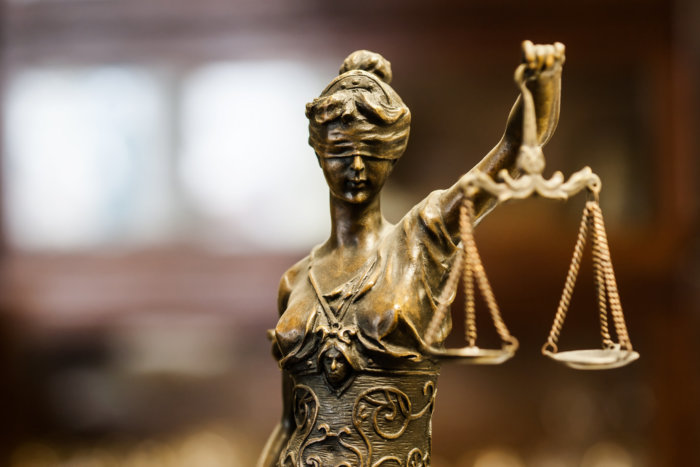01 August 1975: The lasting inspiration of the Helsinki Accords
On the 1st of August 1975 the Helsinki Final Act was signed by 35 European and North-American leaders. The date is not important in itself: it was the end of a long series of negotiations that had started in November 1972, also in Helsinki. One can even go back further and start with a Soviet proposal in 1954 – after Stalin’s death – for a conference on collective security in Europe, but that proposal didn’t go anywhere until the relationship between the two Germany’s had changed.
Wandel durch Annäherung became not only the slogan in the relationship between the two Germany’s but also for détente in the East-West divide. Was there a grand bargain for an acknowledgement of the post-WW II borders in Europe on the one hand and a recognition of the rule of law and legislation that recognizes individual liberties on the other?
The contours of such a deal became clear during what was called the Multilateral Preparatory Talks, which started in November 1972 and ended in June 1973. Start and finish were – again – in Helsinki, but most of the work in between was done in Geneva. The recommendations which were agreed upon in these talks already contained all the important principles that form the Helsinki Decalogue: sovereign equality, refraining from the threat or use of force, inviolability of frontiers, territorial integrity of States, peaceful settlement of disputes, non-intervention in internal affairs, respect for human rights and individual freedoms, equal rights and self-determination of peoples, co-operation among States, and fulfillment in good faith of obligations under international law.
In the actual negotiations of the Conference on Security and Cooperation in Europe that followed the preparatory talks and that were crowned with success on August 1 1975, these principles formed the basis for agreement on a series of concrete measures, subdivided into three “baskets” and an agreement that this would not be a one-shot affair. There would be follow-up conferences every five years. As President Ford said on that 1st of August: “History will judge this conference not by what we say here today, but what we will do tomorrow – not by the promises we make, but by the promises we keep”.
There is not a straight line from the Helsinki Accords to the end of the Cold War, but it is beyond dispute that the agreement in Helsinki was a major factor in the process that led to the fall of the Berlin Wall and the raising of the Iron Curtain. For one thing it led to the creation of the Moscow Helsinki Group, Charta 77 and similar groups that played an important role in effectuating the changes that were envisaged by the Helsinki Accords.
History never rests. It is undeniable that new tensions and new fault lines have appeared in Europe, especially in the last five years. Is Europe still whole and free, as President George Bush Sr. declared in 1989?
While there are fault lines in Europe between north and south, and between east and west, the major fault line is between most of Europe and the Russian Federation. Russia that violated the principle that borders be only changed by peaceful means; Russia, where the rule of law is weak (too weak for many international corporations that have to make investment decisions); where independent media are pushed to the margin and where political opposition is gagged. That the Russian Federation is unhappy with the status quo is one of the reasons why the OSCE – child of Helsinki – is in crisis. Still dialogue is the only way forward.
The Netherlands Helsinki Committee proudly stands in the Helsinki tradition. The Helsinki Final Act is after 45 years still a source of inspiration.
It is a set of commitments that still needs implementation. It is still necessary to strengthen the rule of law in Europe, not only in Russia, but in many other European countries as well, in and outside the European Union. It is still necessary to safeguard human rights in Europe, and North-America as well. And a strong civil society in the whole OSCE area is much needed oil in the machinery of democracy.
Piet de Klerk, Chairman of the NHC Supervisory Board
About the author
Piet de Klerk has over 25 years experience in diplomacy and international politics at the Netherlands Ministry of Foreign Affairs, in particular in the security and human rights fields. Most recently, de Klerk was Ambassador at Large for the Netherlands Ministry of Foreign Affairs, during which time he acted as Special Envoy for Counterterrorism. Prior to this, he was the Ambassador to Jordan, where he focussed on matters of humanitarian assistance and human rights. De Klerk was also Ambassador for Human Rights, where he was responsible for human rights dialogues with other states and civil society organizations in the Netherlands and abroad. He has also worked extensively in the security field of nuclear disarmament and arms control. He worked for five years at the International Atomic Energy Agency, and in recent years was chairman of the Nuclear Suppliers Group and the Missile Technology Control Regime. He still is one of the co-chairs of the International Partnership for Nuclear Disarmament Verification.
De Klerk studied at the University of Amsterdam, as well as in Leiden and Milan. He holds a Master of Science degree in Physics (cum laude) and in Mathematics.


